
Mosaics provide a stunning surface finish, with their intricate designs and abundant texture. But the one aspect that sometimes puts people off these beautiful tiles is the sheer number of grout joints and the potentially fiddly maintenance. Yet, if you protect the surface correctly and adopt a suitable cleaning regime, this needn’t be an issue at all.
Cement-based grout is generally used to install mosaics and, in many cases, a pale or white tone is used. Being a porous material, the grout absorbs moisture carrying particles of dirt and dries out slowly. As a result, unprotected joints can quickly discolour and become stained. Generally, in bathroom settings – where mosaics are most commonly used – the joint turns from white to a peachy orange shade. This discolouration is caused by moisture which carries in it soap and body fats. In rooms that aren’t sufficiently ventilated, the discolouration can turn to mould. Anti-bacterial cement-based grout will delay the formation of mould but it won’t stop the discolouration. This problem can be compounded when the tiles are cleaned, as dirt that is wiped from the face of the mosaic will then be drawn into grout.
How to protect a new grout joint from staining
To stop newly applied grout from discolouring, we recommend application of LTP Grout & Tile Protector. The spray product is applied onto clean, newly grouted joints once they have cured for 20-30 minutes, holding the can 15-20 cm away from the surface of the mosaics and using a sweeping motion. Joints are touch dry within 5 minutes and a 2-3 hour window is recommended to allow the protector to fully dry. Any over spray onto the tile is invisible and it won’t alter the appearance of the tile. The protector, meanwhile, creates a hydrophobic barrier, preventing moisture from carrying dirt into the grout and in the case of a natural stone mosaic (which should have been sealed) will offer additional protection.
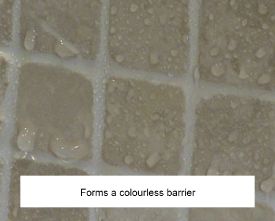
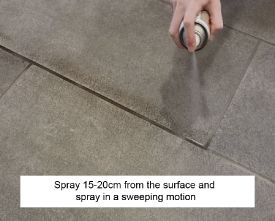
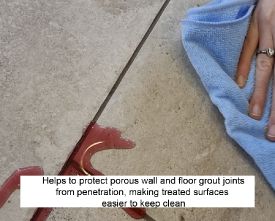

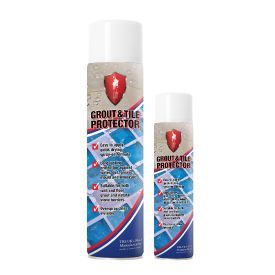
How to remove staining from an existing grout joint
To remove staining from existing grout lines, we recommend LTP Mouldex. Designed to tackle orange staining, mould formation and black staining caused by poor ventilation and ineffective cleaning, Mouldex has a bleaching action which cleans grout and helps prevent future staining. It can also be used on silicone seals. A pump action product, Mouldex is sprayed onto stained areas 5-10cm from the surface. After around 45 minutes, a little water is applied and the surface is agitated with a stiff brush to release the dirt and grime; an old toothbrush is ideal for mosaic grout joints. Tiles should then be rinsed, using a sponge and water.
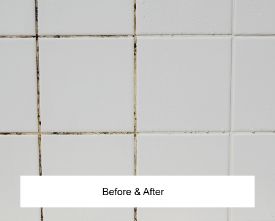

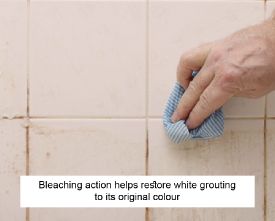
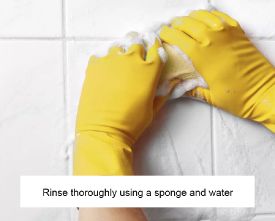

Stubborn stains and silicone will take longer; here, Mouldex can be applied and left overnight. To enhance the treatment, cling film can be applied over the treated area; this will help suspend the active over the joint and prevent it from drying out. Once the grout has been cleaned, LTP Grout & Tile Protector should then be applied.
Maintaining mosaic tiles
To maintain mosaics and to ensure that the protection isn’t compromised, always use a pH neutral cleaner. General household cleaners, which tend to be either acidic or alkaline in nature, aren’t suitable; they will, over time, etch a stone surface and damage any sealer applied. Even many ‘eco’ cleaners are too harsh; whilst they contain natural acids and alkalines, they are not pH neutral. We recommend LTP Multipurpose Cleaner which is safe to use on all types of tile and stone surfaces.
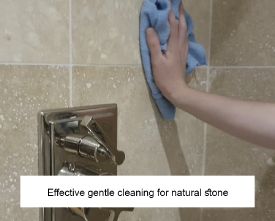
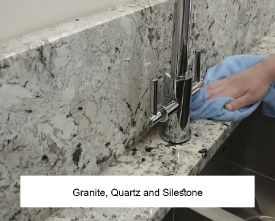
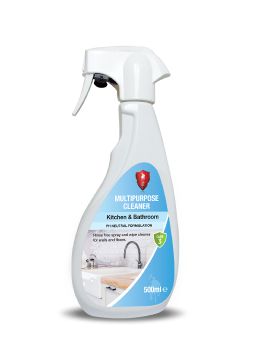
To find out more, please visit http://www.ltp-online.co.uk. For further information, please contact LTP on tel. 01823 666213 or email [email protected]



